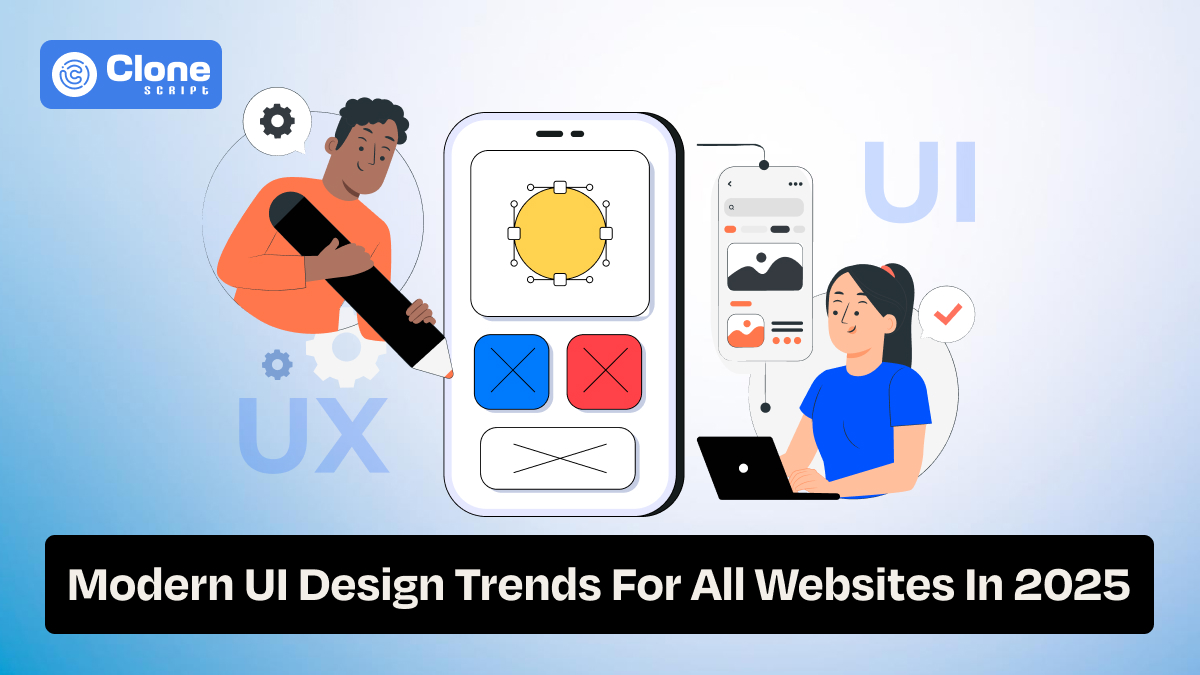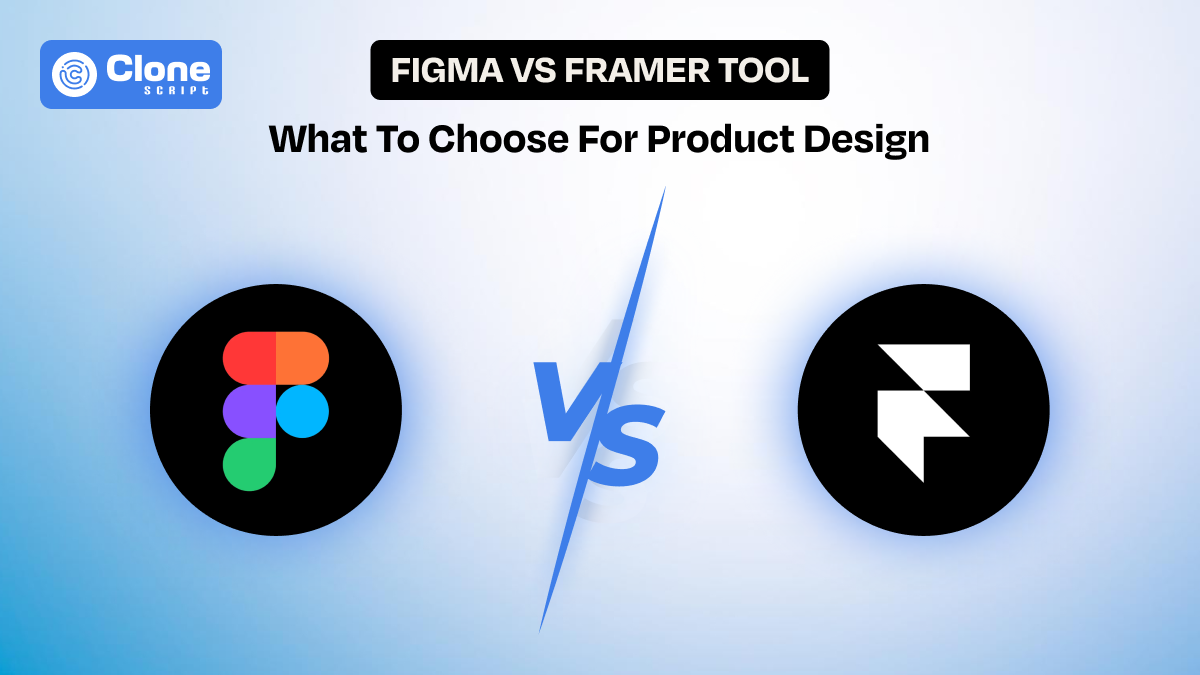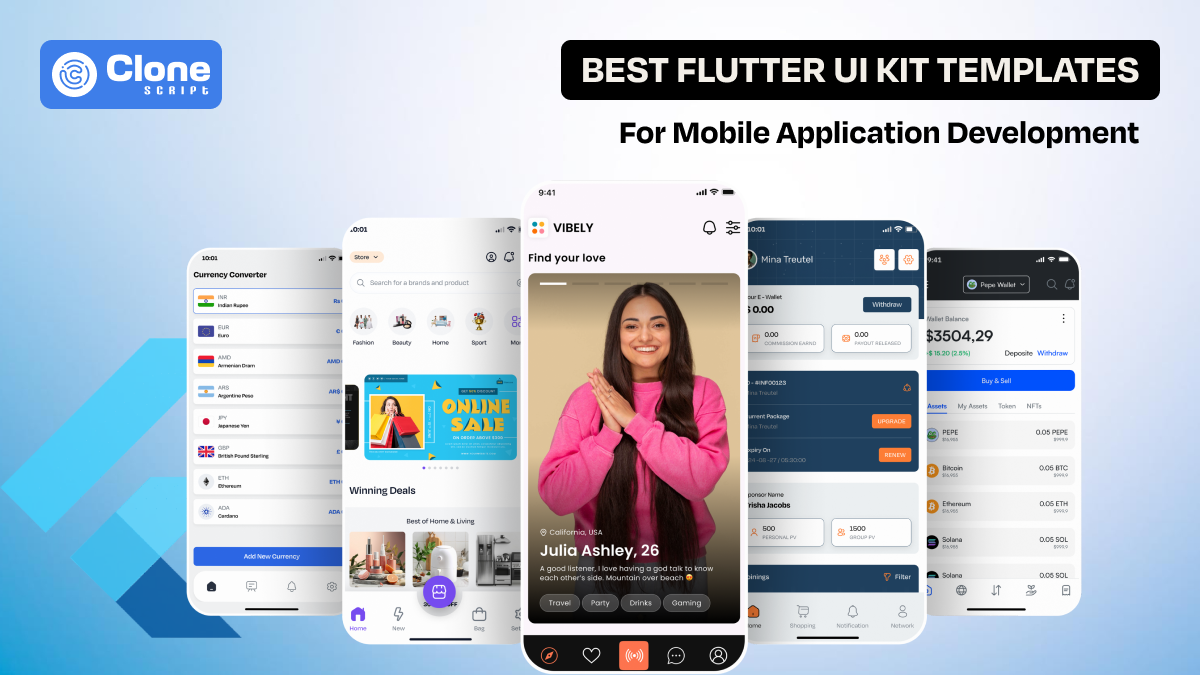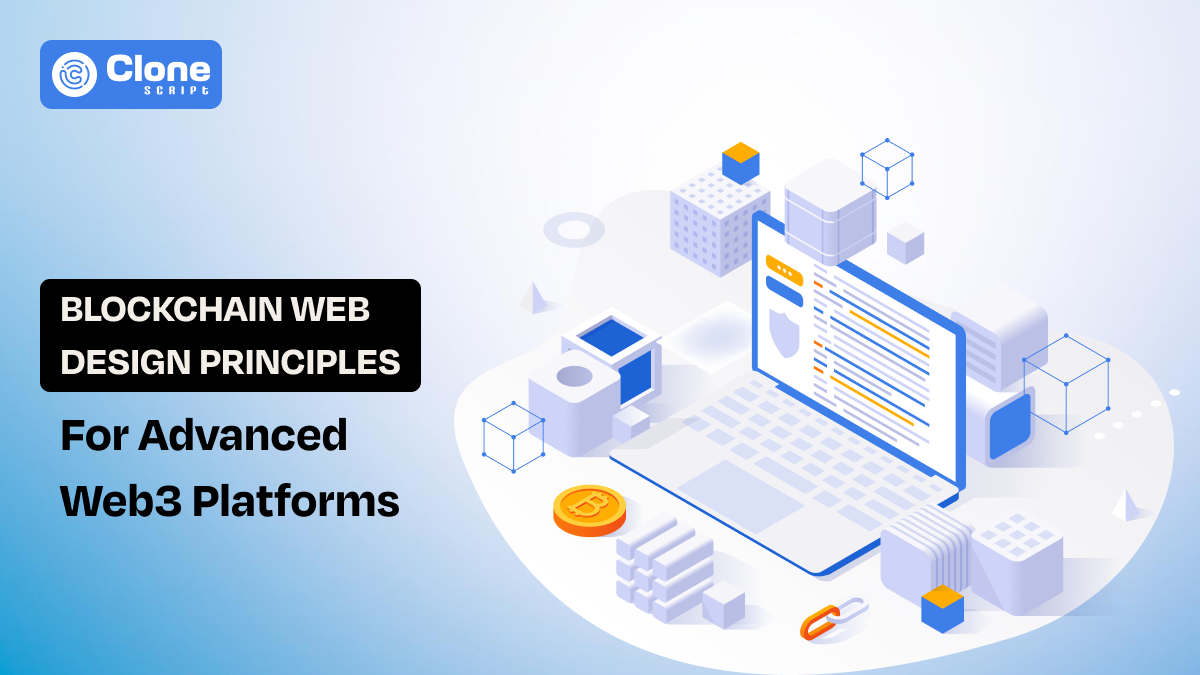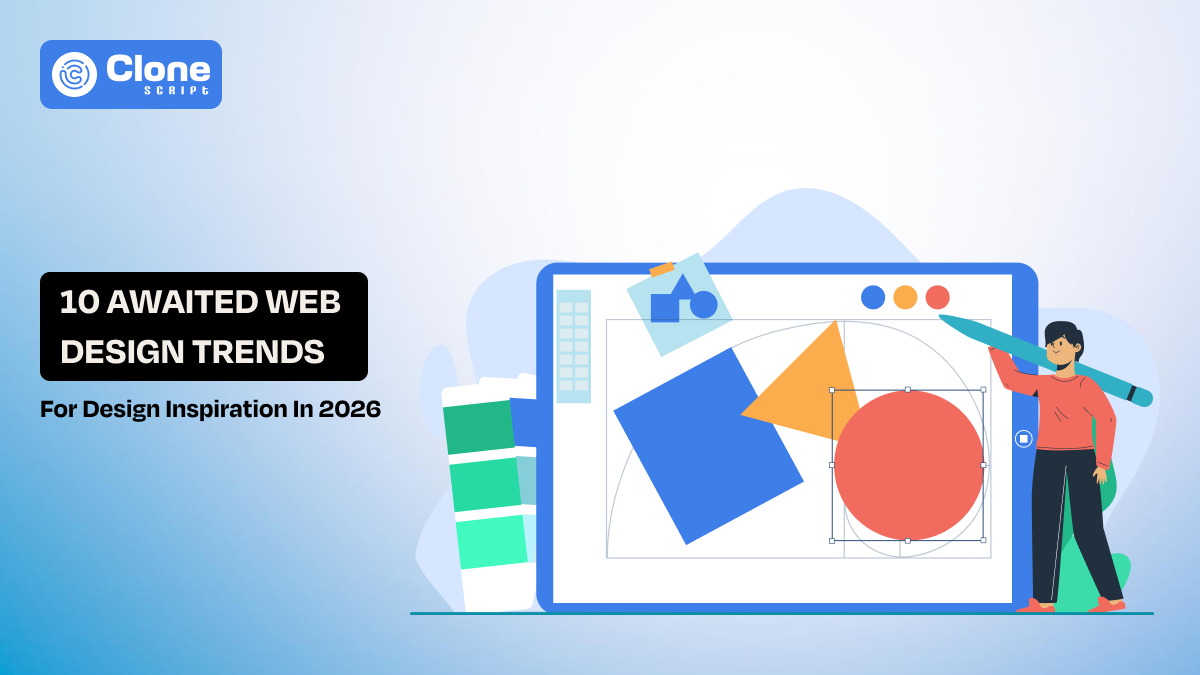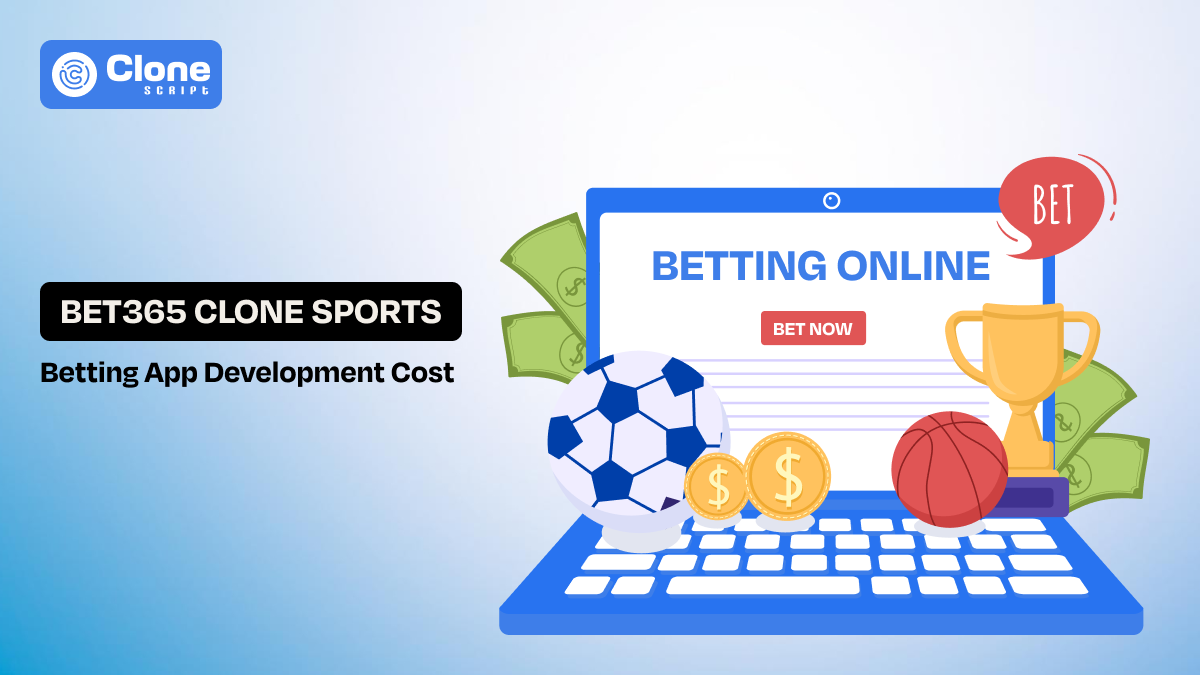Modern UI Design Trends For All Websites In 2025 to Create a Stunning Website
Every business is working hard to stay ahead of the game, but did you know that up to 90% of your success depends on how your website adopts the UI trends of 2025?
It’s not just about having a business website anymore. To truly stand out, your site needs to be carefully designed with the user experience in mind. When you get the design right, your website won’t just be a page on the internet—it will be a powerful tool that grabs attention and keeps visitors engaged.
In this article, we’ll take a look at the modern UI trends that will shape websites in 2025. Whether you’re just getting started on your site or thinking about a website redesign, this guide will help you stay ahead of the curve and create a site that resonates with your audience.
1. The Metaverse-Ready Website
-
It’s not just sci-fi anymore. The metaverse—an interconnected virtual world—is becoming an integral part of the digital experience. While it may still be in the early stages of development, the design philosophy behind metaverse spaces is already influencing web design trends.
-
The concept of spatial UI design, where the user experiences layers of content in a 3D environment, is paving the way for websites to become more immersive than ever.
-
In 2025, websites will start integrating features that allow users to interact with content in 3D, utilizing augmented reality (AR) or virtual reality (VR) components.
-
Think of a fashion retailer where you can virtually try on clothes or a real estate website that lets you take a fully interactive tour of a property in VR. These metaverse-inspired interfaces are pushing the boundaries of what a website can offer, and they’re going to become mainstream in the coming years.
2. Digital Currencies Empowerment: Crypto-Enabled Transactions
-
In a website design, you usually find that most of the payment modes are powered by FIAT currencies. However, as you design a website for the future you must include digital currency payment options such as cryptocurrencies.
-
For example, crypto payments in e-commerce websites are very useful to allow customers to complete checkout with Bitcoin, Ethereum, meme coins, and other digital currencies. However, these currencies are decentralized and no one has the right to manipulate their value, it's based on speculation.
3. Hyper-Personalization with AI-Driven Design Evolution
-
Imagine visiting a website and having it change as you scroll—not just in terms of content, but in design, layout, and user interface. That’s the next level of AI-driven personalization we’re moving toward.
-
In 2025, websites won’t just respond to what users click on—they’ll dynamically adjust their entire interface based on a multitude of factors such as mood, time of day, and even ambient surroundings detected by the user's device.
-
By leveraging AI and machine learning, websites will be able to track behavioral patterns and continuously optimize the layout, fonts, and colors, making the experience more personalized and efficient with every visit.
-
For example, if you’re reading a blog in the morning, the site may adjust its design to use warmer tones to align with a calm, relaxed state, and then shift to energizing colors in the afternoon as your browsing habits change.
-
This type of AI-powered adaptation isn't science fiction; it’s on the horizon and ready to fundamentally alter how websites engage with users on an individual level. However, certain web design challenges appear to craft these kinds of experiences, so keep considering too.
4. Sensory-Driven Design: Engaging More Than Just the Eyes
-
In 2025, websites will start to move beyond the visual and tap into multiple senses. This multisensory approach to web design will blend sound, touch, and even smell (yes, really) to create deeper emotional connections with users. This is a best practice of UI design principles.
-
For instance, expect subtle background sounds that adjust based on the user’s interactions, creating a richer experience—like the sound of pages turning as you scroll through an article or a soothing chime when you complete a task on a form.
-
On mobile devices, haptic feedback will become increasingly important. Imagine the tactile sensation of feeling a button press or the subtle vibration when a new notification pops up. These tiny details will help websites feel more intuitive and connected to the user’s physical actions, adding layers of engagement that visual elements alone can’t achieve.
5. Fluid and Organic Layouts: Moving Away From Traditional Grids
-
In 2025, we’ll see a departure from rigid, grid-based layouts in favor of fluid, organic designs that feel more like natural spaces. Websites will break free from the strict boxy structures of the past, and include asymmetry and irregular patterns that flow naturally across the screen.
-
This trend is inspired by the way the human brain perceives space in the real world—less structured and more flexible. These layouts may appear to "bend" or "morph" based on the device or the content type, creating a sense of dynamic change. The result is a web design that feels alive, constantly shifting and adjusting as you interact with it.
6. Invisible UI: Letting Content Speak for Itself
-
As we move forward to 2025, we’ll see a major shift towards what’s being called "Invisible UI." This concept involves removing traditional UI elements like buttons, navigation bars, and tooltips in favor of more subtle interactions.
-
Users will be able to interact with websites through voice commands, gestures, or even eye movement, reducing the need for visible interface elements altogether.
-
This doesn’t mean websites will become hard to navigate—quite the opposite. The goal is to make interfaces so reflexive that users don't have to think about how to interact with them. Voice-driven search and interactions will feel seamless and part of the natural flow of the experience, allowing content to take center stage without distractions.
7. Sustainable Web Design: Going Green in 2025
-
Sustainability isn’t just a trend in products and services; it's becoming a key consideration in web design as well. Websites in 2025 will need to be optimized not only for performance and aesthetics but also for energy efficiency.
-
A growing focus on sustainable design will mean creating websites that use minimal energy, from the codebase to the server infrastructure.
-
Designers will focus on creating lightweight pages, utilizing energy-efficient hosting, and considering the environmental impact of every pixel.
-
We’ll see a rise in dark mode, which is not only easier on the eyes but also more energy-efficient on OLED screens. Expect sustainability to be woven into the fabric of web design, as companies and users alike demand more eco-friendly digital experiences.
8. Emotionally Intelligent UI
-
The future of UI design isn’t just functional or aesthetically pleasing—it’s emotional. In 2025, websites will start incorporating emotional intelligence into their designs. Using AI and biometric data (like facial recognition or voice tone analysis), websites will be able to gauge the emotional state of users and adapt accordingly.
-
For example, if a user is stressed, the website might present calming visuals or switch to a soothing color palette. If a user seems excited, the site might present more vibrant, energetic visuals. This "emotion-aware" design will deepen the connection between users and websites, making the experience more human-centered than ever before.
Final Thoughts: Pioneering a New Digital Era
The Web UI Design Trends of 2025 going through a radical and modern transformation, moving beyond simple visual aesthetics to create deeply personalized, sensory-driven experiences. From the integration of AI to the evolution of immersive, metaverse-inspired spaces, the websites of the future will offer more than just content—they will offer experiences.
As these trends continue to take shape, the most successful web designers will be those who are not just keeping up with technological advancements but actively pioneering the way we interact with the digital world. Whether you’re redesigning your existing website or building something entirely new, these trends will ensure that your site doesn’t just survive in 2025—it thrives.
This is just the beginning of a new era in digital interaction, and those who are bold enough to lead will shape the future of the internet itself.
Looking for a reliable and advanced website UI design? Contact us. We will create a unified web experience for your experience according to these trends.
 BTC - Bitcoin
BTC - Bitcoin
 USDTERC20 - USDT ERC20
USDTERC20 - USDT ERC20
 ETH - Ethereum
ETH - Ethereum
 BNB - Binance
BNB - Binance
 BCH - Bitcoin Cash
BCH - Bitcoin Cash
 DOGE - Dogecoin
DOGE - Dogecoin
 TRX - TRON
TRX - TRON
 USDTTRC20 - USD TRC20
USDTTRC20 - USD TRC20
 LTC - LiteCoin
LTC - LiteCoin

